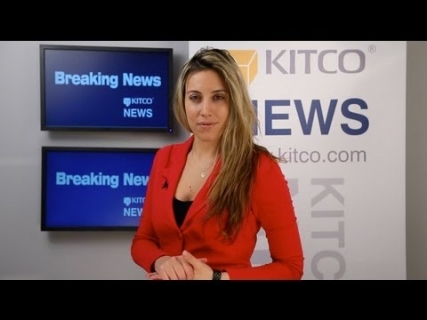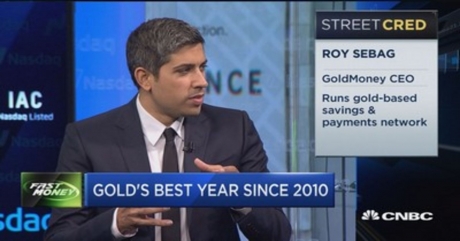
Gold and silver were the primary form of money for centuries. Even the word “gold” still triggers thoughts of wealth. It took several centuries for people to shift from precious metals to adopting paper money, which didn’t hold the intrinsic value like gold does. This led to the ‘Gold Standard’ where paper money was backed by gold and silver stored in treasury vaults.
Then, at the end of World War II, a new system was introduced—the Gold Exchange Standard allowed countries to fix their country’s exchange rates to the US dollar which was, in turn, convertible to gold at a fixed rate and was available to centralized banks only. But in 1971, the Bretton Woods Gold Exchange Standard ended when the US dollar convertibility to gold was terminated.
Now paper money is no longer backed by anything other than faith and is better known as fiat currency, where governments assign value to a currency declaring it a legal tender—think the US dollar and the Euro. Yet there are many countries around the world where local currencies hold hardly any value so people prefer to keep savings in hard currency like gold.
Discussing the business of gold is Roy Sebag founder of Mene, a gold jewelry company that aligns its prices with actual weight and value of the day, and Daniela Cambone, Editor in Chief of Kitco News, a news, commentary, and financial market wealth of information on all things gold.
- Daniela Cambone
- Roy Sebag












